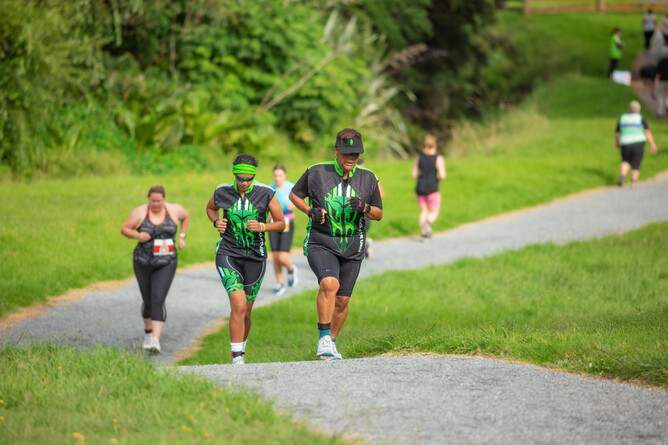How to run longer without injury
Do you get knee pain when you run? Or do you get injured when you try to run longer distances? In this article I outline the general principles for how to safely increase your running mileage.
Running related injuries can be common when you have had time off running or exercise (e.g because you had a baby). The excitement of getting back into things can mean you end up doing too much too soon. This can lead to niggles, which if ignored, lead to injuries.
Don’t beat yourself up about it – it is really easy to do. Your cardiovascular system improves at a greater rate than your musculoskeletal. What this means is that you feel fitter before your body can handle the increased load.
Here are some tips to follow when you are restarting your training, or if you are trying to increase your volume of running. Note that even though they are expressed as ‘rules’, they are guidelines and no one size fits all.
Golden Rules of Running Training – The 10% Rule
By increasing your total volume and speed work by no more than 10% each week, you’ll allow your body a better chance at adjusting to the increased load.
If you are starting from zero then the 10% rule doesn’t make sense as you’ll be able to make bigger jumps from 10mins to 15mins etc. But as you start running more regularly and around the 30min mark – that is where the 10% rule becomes useful.
Make sure to build up your base fitness before adding in speed work. Speed work places more load through your calves, in particular. So having a strong base is a must. Start with one speed session a week and see how your body responds.
The 80/20 Rule:
80% of your running training should be easy or in the Zone 2 heart rate zone. 20% is hard or high intensity.
However, it isn’t always as easy to split your runs into the 80% or 20% category. Your long runs partly fall in the 20% category as they get longer. Likewise, your speed sessions will be a mix of easy running and harder intervals.
The easiest way to follow this rule is to keep your easy runs feeling easy and the hard parts of your run feeling hard. Many runners fall into the trap of running in between easy and hard too often. This means they are too tired to do their interval sessions. Easy running does serve a purpose, it helps to build your base fitness.
"You can never run too slowly" (Lydiard/Gilmore)
Rest Days and Recovery Weeks
It is not possible to keep building 10% onto your training every week. Running progress isn’t linear. You have weeks where you slowly build and then every 3-4 weeks you’ll have a week where you run less.
Depending on your base fitness you’ll also have rest days or non-running days.
Rest days and recovery weeks are important for repairing muscles and cementing the fitness gains you have made. Even if you are feeling good, resist the urge to run more or not take the recovery.
If you are not feeling good then take more recovery.
Train with your cycle
An ideal time to have your recovery week is the week before your period. This is when your body is under the most stress from the increase in hormonal levels (unless you are on hormonal contraception).
Generally speaking, as you go into the second half of your cycle, or luteal phase, your training should shift from high intensity intervals to steady state and tempo work. It is also a good time to focus on running drills as these are low stress sessions.
Train don’t strain
Increasing your running fitness and distance takes time. But it takes even longer if you suffer injury setbacks.
By following these rules you’ll give yourself a good training guide that you can follow week to week. Remember to always take into account your current fitness and train to improve that. That way you’ll find running more enjoyable and not such a slog!
References:
Jogging with Lydiard, Arthur Lydiard and Garth Gilmore (2002)
Roar, Dr Stacy T Sims (2016)










